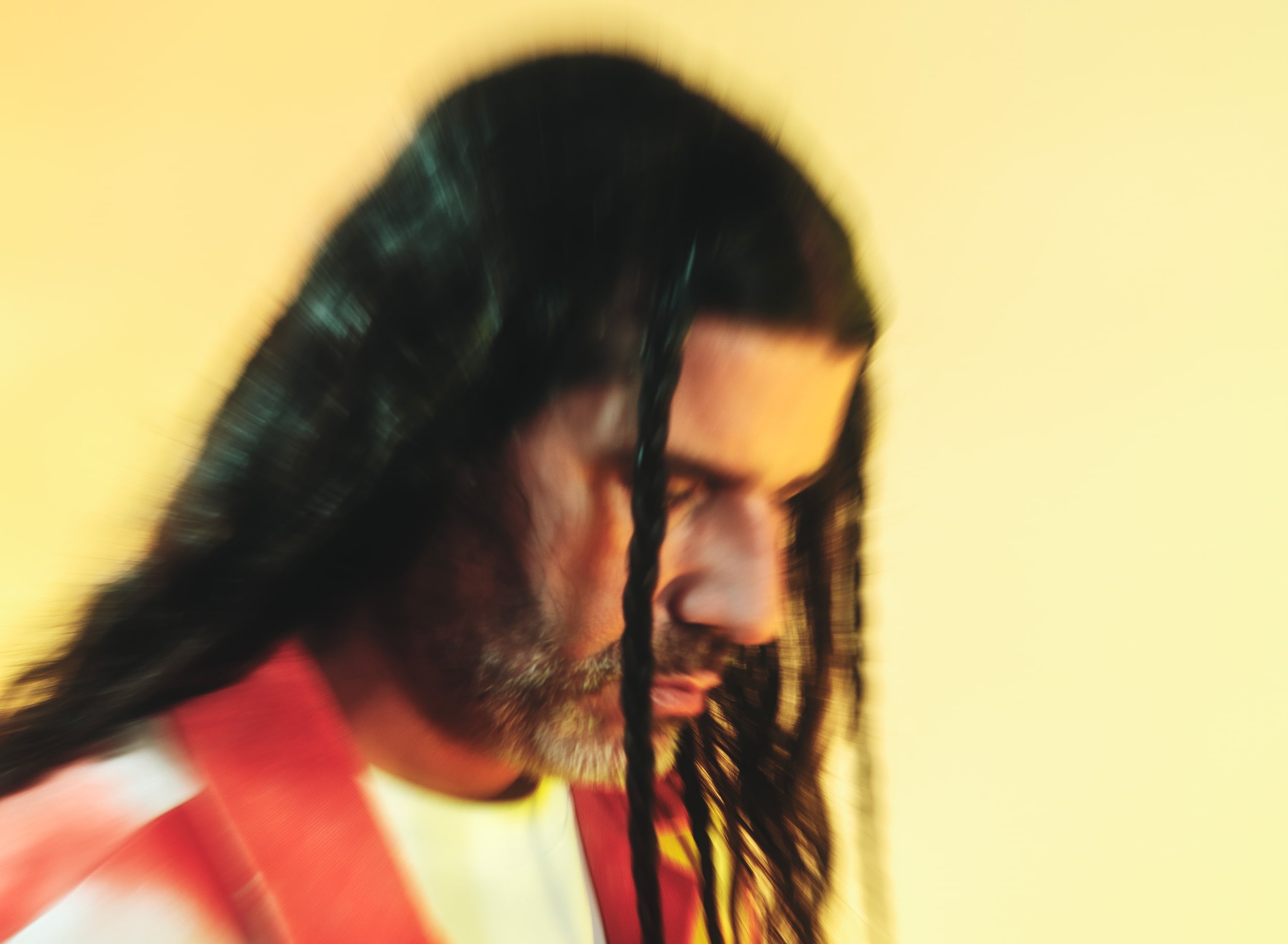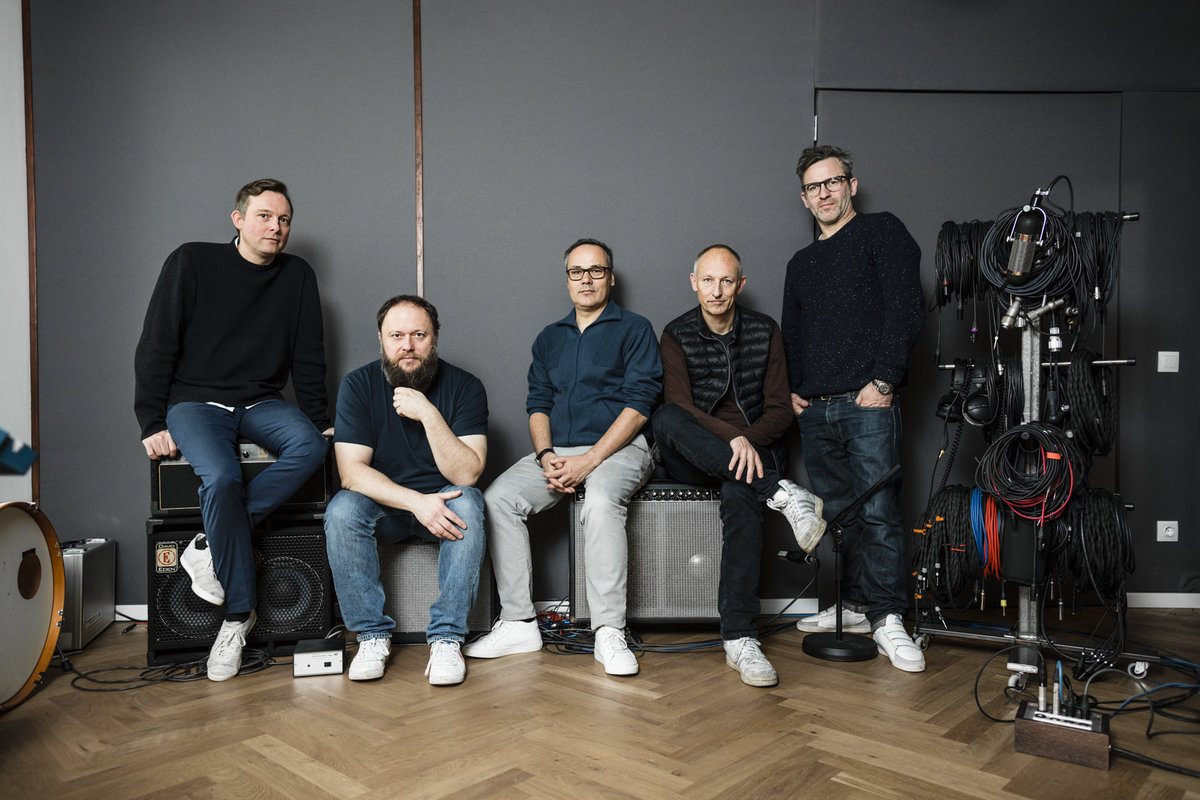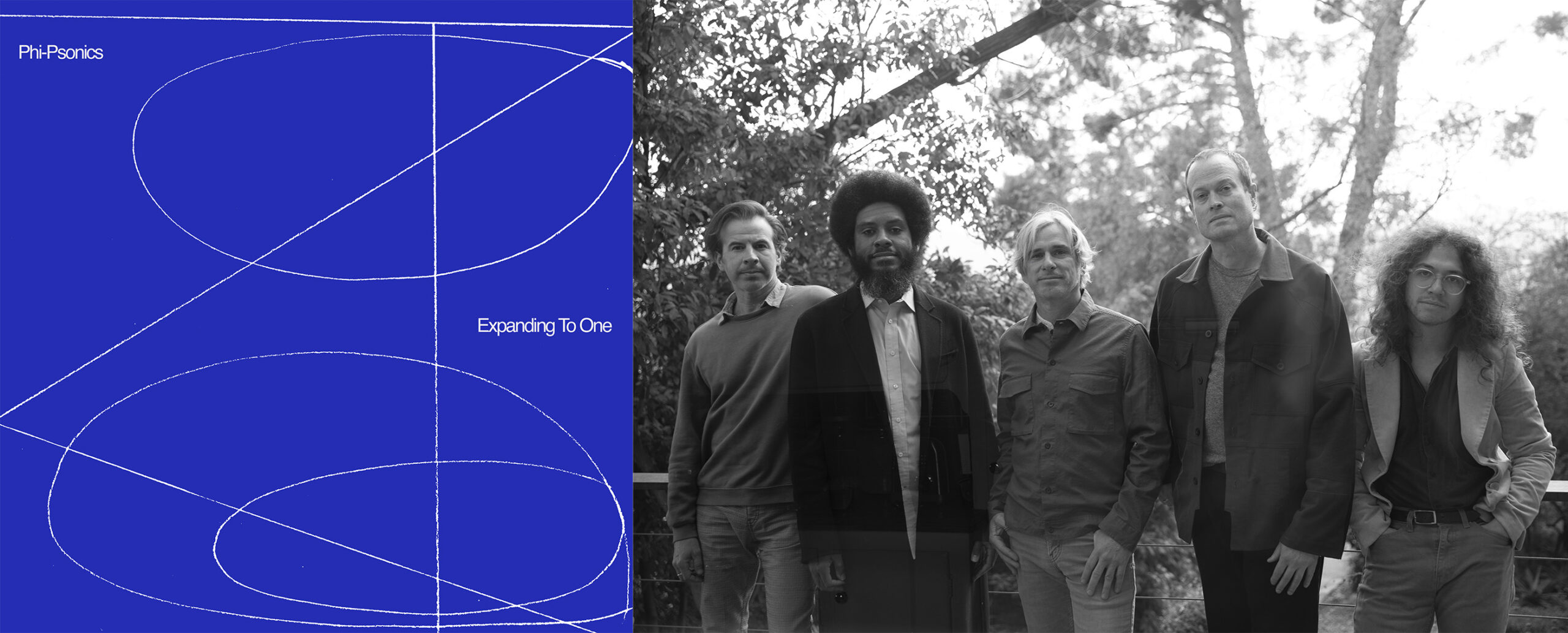James, Koehnline, surrealism, collage, Axiom, Laswell, Calendar, Jubilee, Saints

 James Koehnline (pronounced KEN-line) is a collage artist whose work has graced many anarchist periodicals & books as well as music CDs; has co-edited a number of books and had his work collected in Magpie Reveries. Designs and edits the yearly Autonomedia Calendar of Jubilee Saints which is also is the thematic core for the Daily Bleed Calendar (now online for some 7+ years); currently resides in Seattle, Washington, worked for some years at Recollection Used Books.
James Koehnline (pronounced KEN-line) is a collage artist whose work has graced many anarchist periodicals & books as well as music CDs; has co-edited a number of books and had his work collected in Magpie Reveries. Designs and edits the yearly Autonomedia Calendar of Jubilee Saints which is also is the thematic core for the Daily Bleed Calendar (now online for some 7+ years); currently resides in Seattle, Washington, worked for some years at Recollection Used Books.
Koehnline has been creating works of art, in various media all his life, largely influenced by his father’s passion for surrealism. He pursued a formal education at the Minneapolis College of Art and Design before attending Columbia College in Chicago. Decades later, he studied digital media at the Art Institute of Seattle. Meeting at Columbia College, Koehnline gained further direction under the mentoring of collagist, sculpter and host of the weekly radio broadcast “Art and Artists” (WFMT), Harry Bouras. Koehnline has also been involved in a number of grass roots political groups and in 1985, joined several other artists in establishing the collective gallery/studio, Axe Street Arena. Housed in an abandoned Golblatt’s department store in Logan Square (Chicago), Axe Street members strove, according to Koehnline, to “explore the place where art and politics meet”. Koehnline utilized the seemingly unlimited space at Axe Street for delving into a long run of monotype print making (the press being a gift from Bouras) and crafting his “Chaos Papers.” The later being marbled paper he created with brilliant printing inks in a fashion similar to the Japanese Suminagashi, the volitile inks allowed to drift reactively across vats of water, stirred into swirls and patterns by chemical tensions and earthly vibrations and the subway below. While living and working at Axe Street Arena, Koehnline met Ron Sakolsky, music critic, anarchist and professor at Sangamon University (Illinois) at the Conference of the Alliance for Cultural Democracy. Years later, in Seattle, the pair edited the book, ”Gone to Croatan: the Origins of North America Drop Out Culture, ” published by Autonomedia (New York) in 1993, the same year the two set anarchists politics aside, in order that Koehnline could marry, with Sakolsky presiding over, or rather, pronouncing the vows complete. When questioned about why an anarchist would embrace legal matrimony, Koehnline, paraphrasing Wendell Barry, claimed,”I decided to be happy, though I had considered all the facts.” Back at Axe Street Arena, Koehnline currated two mail art shows. The first show, “The Haymarket Centennial International Mail Art Exhibition,” explored the Haymarket Massacre, labor issues and the history of May Day, with entries from nearly 50 countries. The result was a catalog called, “Panic,” which evolved into several issues. Through this event Koehnline became acquainted with Hakim Bey for whom he has created several book covers and came to befriend members of the New York based publishing collective, Autonomedia. Having become involved with mail art projects initiated outside of the collective and falling into zine culture.
Still living and working at Axe Street, emeshed in zine culture, Koehnline took a position as a librarian. The bounty of visual material at his fingertips and the zine world ready for output, Koehnline became a prolific cut and paste collagist.

MUNDOVIBES: You site surrealism as a principle influence. Can you elaborate on how it impacted your work?
JAMES KOEHNLINE: The primary influence on my early life was my father, William Koehnline. An educator (from English Lit professor to college president, now retired), his twin passions are modern literature and art, especially surrealism. I grew up surrounded by the work of Max Ernst, Magritte, Matta, Escher, Breton, Artaud, Borges, Ionesco, etc. The house was filled with art and books. Whenever he told me I was too young to read something, I took it as a challenge. Early on, my love of surrealism just seemed natural extension of love of fantasy and nonsense literature. By the time I reached adolescence in the mid-to-late sixties, I was trying my hand at creating my own far-out drawings, writings and sound collage. The sound collages were inspired by hearing a few John Cage compositions, and by The Beatles’ “Revolution #9”. I also recorded my “poetry”, much of which was created by the Tristan Tzara method of cutting up miscellaneous articles, throwing them in a box and pulling them out at random. While I had always enjoyed Max Ernst’s collages, I didn’t really get turned-on by collage until I discovered the posters and art books of San Francisco artist, Satty, around 1970. I’d have to say he was the main inspiration for my own collage-making, which began about ten years later. In the interim I did a lot of painting, drawing and printmaking, as well as experimental animated films and elaborate low-fidelity sound collages. At the most extreme I was running three trashed cassette recorders and two reel-to-reel machines with one long loop of tape running through both of them, one recording and one playing back. In 1976 I made the acquaintance of members of the Chicago Surrealist Group, just in time to hang out with them for the duration of their fabulous World Surrealist Exhibition. By that time I was also a huge fan of those masters of comedy, sound collage and pop surrealism, the Firesign Theater. So these are themes that have been running through my life from the beginning.
MV: Your work reflects the fragmentation of culture and ageneral breaking down of “reality”. Is this a proper interpretation?
JK: I think that’s on target. While many elements of traditional religion and culture continue to exert great influence on large segments of humanity, I think it is fair to say that the developed world has strayed a long way from the context in which these traditions were rooted. We force an uneasy fit by constantly rewriting the definitions of the relevant terms we use to explain ourselves to ourselves. The narratives of our lives tend to be awkward assemblages of poorly understood cliches that fall apart under close scrutiny. And so we have America’s love of polls to help us know who we are. We are told that we believe, without a shred of evidence, that Saddam was behind the 9/11 attacks, that UFOs are extraterrestrial visitors and that the Rapture is just around the corner. As Orwell said in 1984, our historical consciousness barely extends beyond last week’s lottery numbers. Collage is a way of taking these shards and fragments, the throwaways of our culture of consumption, and attempting to build new realities and to resanctify our devalued world. I try to build marvelous and mysterious shrines out of trash and worn-out treasures, a kind of do-it-yourself religion.

MV: Did you have any magical or psychedelic visions or experiences as a youth or later that influenced your work?
JK: From childhood I was fascinated with dreams and fantasy (which is not necessarily escapist, as it can be a means for confronting the things that are too painful to face in reality ), and loved playing with thought experiments (like imagining I had just been planted in this body, with all of its memories, so who am I really?). As a teenager and young adult I did more than my share of psychedelics. Now that I’m older I find that I can access other worlds and perspectives through the exercise of active imagination, and that life throws me into plenty of altered states — high, low and otherwise — without need for regular recourse to chemical means.
MV: Collage seems to be your most resonant medium. What is it about collage that you find appealing?
JK: After years of drawing, painting, printmaking, etc., I turned to collage in the mid-eighties, partly because I found it very satisfying for reasons I’ve mentioned, and partly because I got involved in zine culture. I found that with only a scalpel and access to a copy machine, I could get my work published in countless periodicals all over the world.
Suddenly I had an audience for my work. I figured I’d move on to other things when I was ready. I did black and white collages for five or six years, then tried to go pro and did color work for book covers, CD covers and magazines for about five years. Then I got a computer and a scanner and explored digital collage for a few years. In the last three years I’ve been moving my work into Time (animation & motion graphics) and space (3D, XYZ space).
MV: Collage is very similar to the musical production technique of sampling, in that it repeats found pieces to create something anew. Is this something you have ever thought of?
JK: Absolutely! As I already described, I was doing sound collage long before I started attacking images with a scalpel. As a kid I spent countless hours with an old reel-to-reel recorder and tape loops of all lengths, some stretching all the way across my room.
Any kind of found sound was fair game – TV, radio, a microphone hanging out my window. My collection of loops was a kind of vocabulary. The number of things I could say with that vocabulary was infinite. It’s code, language and a kind of alchemy. In the late 70s and early 80s I did some radio work (WZRD, Chicago) and was in a band (The Burden of Friendship). While we sometimes attempted to make music, in the conventional sense, sound collage was really our thing. We also held a series of recording sessions in an old steel pipe factory that was in the process of being shut down. We’d invite all of our friends to meet us there in the middle of the night and we’d turn the whole place into a “musical” instrument, creating tons of source material for later collages.
In the beginning I didn’t give much thought as to why I found collage so satisfying, but after I’d been at it a couple of years, I read The Third Mind, by William Burroughs and Brian Gysin. In that book they document their cut-up experiments in literature and the visual arts. The third mind is a kind of mysterious intelligence that emerges when you cut-up others people’s works (the first mind) and rearrange them by some combination of accident and intuition (the second mind). It seemed a perfect explanation to me. Ever since then I have felt that part of what I’m doing is seeking access to that sort of alien intelligence. Sounds a little crazy, but it is fun to look at it that way.
MV: Your use of symbolism in your work is very dense. What is the significance of these symbols?
JK: That’s a big question, so I’ll just answer it in a general way. Every image is capable of arousing diverse and often conflicting associations in the mind of the beholder. Even when the artist attempts to create realistic, representational art, the result is rife with signs and symbols and associations. There is no escape from it. Image is symbol. The density of my imagery, which some would say I take too far, is a representation of my quest to make meaning and beauty, order and harmony, out of the infinite chaos within. The process is a combination of the conscious, intentional and rational, and the unconscious, intuitive and accidental. The overall significance of the result is up to the viewer.

MV: Does your work question our idea of “reality” or reveal another one which lies beneath the surface?
JK: Yes. We all inhabit multiple realities, however hard we try to believe that there is a single narrative to tell the story of ourselves. “Consensus Reality” is merely the lowest common denominator, and as such is dumber and more banal than any one of us.
MV: You studied and apprenticed with the artist Harry Bouras. Tell us about your relationship with him.
JK: Harry was a star of the Chicago art scene in the 50s, He was at the center of a group of rising stars (known as the “Harry Who”), one of founders of Chicago’s Columbia College, a major art and culture critic, and a teacher. Every few years he’d gather a new crop of promising young artists around him and try to help them on their way. I met Harry at Columbia in the late 70s and continued to benefit from his expansive mind, off and on, until he died in 1990. He had an amazing talent for coaxing a world of meaning out of even the simplest thing he turned his attention to. He did his best to set us all on our way to success in the art world.
MV: Would you say your vision is apocalyptic or prophetic?
JK: I wouldn’t say my vision is apocalyptic, in spite of the horror of the Bush years. As for prophetic, that’s not for me to say. In spite of all the hellish developments of our time, I remain hopeful. In spite of the chaos and confusion that abounds in my work, I see it as spiritual, at times even worshipful (in the make-your-own religion sense).
MV: Is your work a reflection of an inner state and if so what is it?
JK: Infinite Chaos, sublime bliss, fear and loathing and all the rest. A reflection of our “interesting” times and my own middle age, marriage, thoughts of having a child before it is too late, etc. I used to think poverty and marginality were romantic, but there are too many things I want to do in this life to let that thought become a cage.
MV: Do you have any particular philosophy that you express with your work?
JK: Ontological Anarchism and do-it-yourself religion.
MV: Can you tell us about your fanzine work and why this culture is so important?
JK: I confess I’ve pretty much lost touch with the zine Scene in recent years, but it was extremely important to me, especially in the 80s, as an entry into non-local communities based on common interests. I especially enjoyed being a part of zines like Beyond the Fringe, Dharma Combat and The Moorish Science Monitor, where the readers were all contributors. These days I get the same sort of community from emailing lists and homegrown Web sites, but zines still serve the same purpose. Everyone can be a publisher. Anyone can get published. Both are vitally important in this age of hyper-consolidation and monopolistic control of the mainstream media.
MV: Apart from fanzine culture, you’ve also been involved in the marijuana liberation front.
What are your feelings about it now?
While I’ve always felt that prohibition is a cruel absurdity that supports organized crime and government corruption, and ruins hundreds of lives for every one it saves, I didn’t really get involved in the activist end of things until I got to know Vivian McPeak a few years ago. Vivian is the powerhouse behind Seattle Hempfest, the largest and one of the oldest events of its kind in the country. He is also one of the most tireless and effective activists around here in any number of very worthy causes, and an all-around inspiring person. When I saw the kind of energy he puts into his projects, I couldn’t help but lend a hand. Somebody should give the guy a lifetime achievement award (though he’s younger than I am). When I started doing promo material for Hempfest, I did a tremendous amount of research on the subject of prohibition, and everything I learned just further convinced me that the whole thing is an evil sham.
MV: You’ve worked extensively with the publishing collective Autonomedia, creating cover art for Hakim Bey’s “Temporary Autonomous Zone” and developing their Caldendar of Jubilee Saints. Why this particular group and how does your work fit in with their vision?
JK: In 1985 some friends and I opened a collectively-run gallery and performance space (The Axe Street Arena, with studios and living space for nine people) in an old department store building in the Logan Square neighborhood of Chicago. The first exhibition I curated there (along with my friend, Ron Sakolsky) was an international mail art show to commemorate the 100th anniversary of the Haymarket Affair. Of all the entries we received from around the world, my personal favorite was from Hakim Bey. I wrote him to tell him so, and thus began our collaboration. We found that his writings and my collages were a good match and worked on a lot of projects together, such as the Astral Convention in Antarctica and the 5A Project (Autarchic Asteroids of Aten, Apollo and Amor – Homeland for Marginals in Outer Space). He introduced me to the Moorish Orthodox Church (one of the great DIY religions), and I’ve been a member ever since. In those days I was working as a librarian and I did a lot of serious historical research for Hakim (some of which ended up as Ron’s and my book, Gone to Croatan: Origins of North American Drop-Out Culture, which may have a sequel soon).
We’d been collaborating for several years when Hakim collected his shorter writings in the book, T.A.Z., so I was the obvious choice for the cover art. That was my first work for Autonomedia. Jim Fleming and Hakim next proposed that I put together a book of some of my best black and white collages – Magpie Reveries. Soon after my wife, Andi, and I moved to Seattle in 1991, I came up with the idea for the Autonomedia Calendar of Jubilee Saints (Radical Heroes for the New Millennium! Every day a Holiday! No popes, no heads of state), a wall calendar with a book’s worth of text, that serves as a kind of spiritual family tree for iconoclasts and radicals. The collective loved the idea and the first one came out in 1992. Originally envisioned as a ten year project, it now doubles as the Autonomedia catalog and continues to be published each year. Autonomedia is simply the most interesting small publisher in the country, and it has been my great pleasure to play a part in their brave and decidedly non-commercial pursuit of Truth, Justice and Un-American activities.
MV: You’ve awork extensively with Bill Laswell’s Axiom records. How did your association with Axiom Records begin?
JK: Shortly after I moved to Seattle, Bill tracked me down. I wasn’t familiar with his work at the time, but he was very excited by Hakim Bey’s writings, and loved the work I was doing for Autonomedia. Once I started listening to what he was doing, I never stopped, although I did stop trying to keep up with all of it a long time ago. The man is just too prolific He commissioned me to do a cover for Bahia Black: Ritual Beating System, and so began another long and rewarding relationship. I have done 18 CD covers for him at last count.
MV: Did you collaborate with Bill Laswell on the concept?
JK: Generally, I would get working tapes of projects in their early stages, and create covers based on the music and suggestions from musicians and crew. I was quite gratified when told that in a few cases my art had shaped the final form of the music. Along the way, a few track titles were mine as well.
MV: What is the role of art in representing music? Should it be considered an interpretation of the music or a separate element?
JK: I tend to think of the two elements as part of a unified whole, but quite a few of my covers were created before the project existed, and chosen by Bill as a good match. Of course, with CD covers, the main thing is to get people to listen to the music, so you want to evoke the feel of the best elements of the music in the artwork.
MV: How has your work evolved and what has influenced it more recently?
JK: I feel a little reluctant to admit it, but the biggest influence on my work in the last three years has been my evolving digital toolbox and my abilities in using the tools. In 2000 I went back to school to study the new multimedia tools now available. I stayed for two years and I’ve been out for half a year, still trying to master all of these tools. I studied film, animation and optical printing twenty-some years ago, and nearly everything I learned then is obsolete. When I was a little kid I had a recurring dream about a magical black box with infinite possibilities for creative fun, combining all of the tools of all of the arts in one compact little toolbox. Now it is sitting on my desk, chock-full of so many tools that I’ll never know what some of them are. It can be a little intimidating, but I’m having fun.
MV: Your work has become much more seamless and computer-generated. Would you describe this transition?
JK: I avoided computers like the plague for years, but I always had friends who kept me up to date on the state of the digital arts. In 1995, I decided that the technology had reached the point where the new possibilities outweighed my objections, and I took the plunge. Thus began a torturous two years of transition, during which time I often felt that the machine was sucking the life out of me. I had spent ten years using basically one tool, a scalpel, to create my art. Suddenly I had way more tools than I knew what to do with, and the ridiculous notion that I wouldn’t be able to really make my own art with them until I had learned them all. Luckily I got over that, and although I sometimes feel like smashing the machine and going back to canvas and brushes, for the most part I find that the machine serves me, now, instead of the other way around.
MV: What are your current projects?
JK: Creatively my main focus is animation and motion graphics. I’ve made hundreds of short experimental movies, still growing into these new dimensions of time and space. Strangely the main thing lacking in these explorations is audio. I learned a lot about new audio tools in school, and I have done some sound collage and voice work, but I find I’m much more interested in the visuals, so I’m anxious to find new collaborators, maybe do some music videos and animated shorts.
![]()




